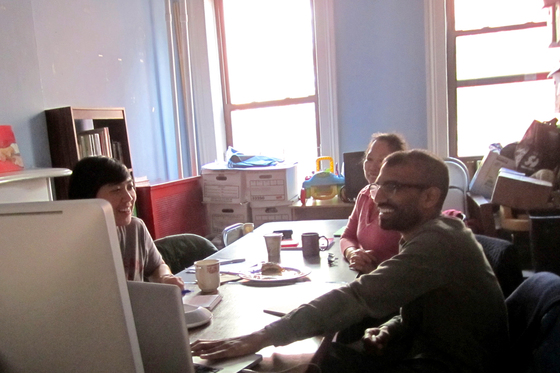In September 2012, President Obama announced his administration’s committment to combatting human trafficking in the United States and abroad in his address to the Clinton Global Initiative. What does it mean for someone to be trafficked? And how can we stop labor trafficking from happening here?
In the fall of 2012, CUP partnered with Damayan Migrant Workers Association and designer Raj Kottamasu to create Work Forced, a short video about the labor trafficking of Filipino domestic workers in the United States.The Philippines is one of the top exporters of people in the world – a tenth of its population works in other countries, and most of these migrant workers are women. Filipino workers are vulnerable to being trafficked, especially by foreign diplomatic and consular personnel who can bring domestic workers into the US on special visas.
Work Forced examines the relationship between economic conditions in the Philippines, the forced migration of Filipino workers, and the labor trafficking of domestic workers in the US. Featuring the stories of Damayan member-leaders Josie Gutierrez, Lydia Catina Amaya, and Cita Brodsky, the video takes a closer look at what’s behind this form of modern-day slavery.
Work Forced is one of first projects from CUP’s new Public Access Design program. Damayan launched the video at its 10th Annual General Assembly meeting in February 2013. Damayan is using the video in Baklas, their campaign against labor trafficking that seeks greater protections for workers and accountability for traffickers. Watch the video below.







